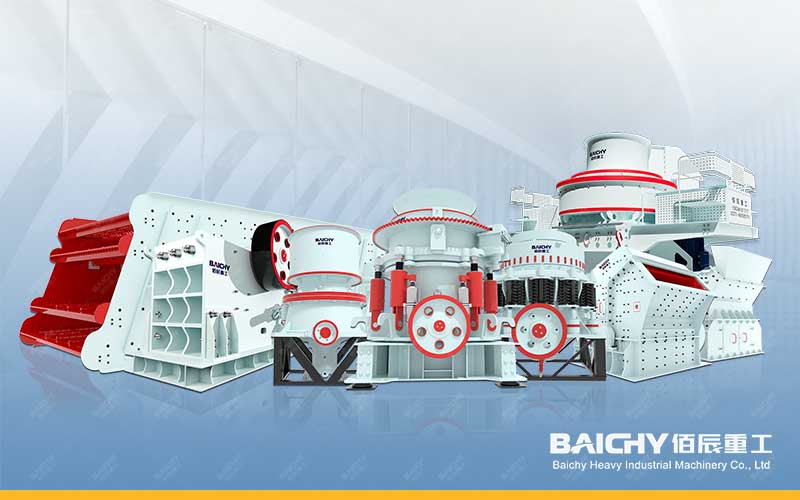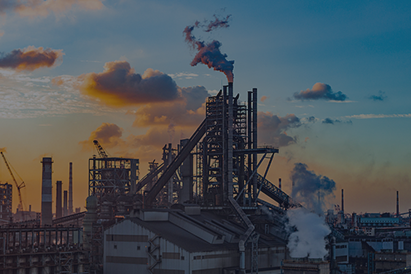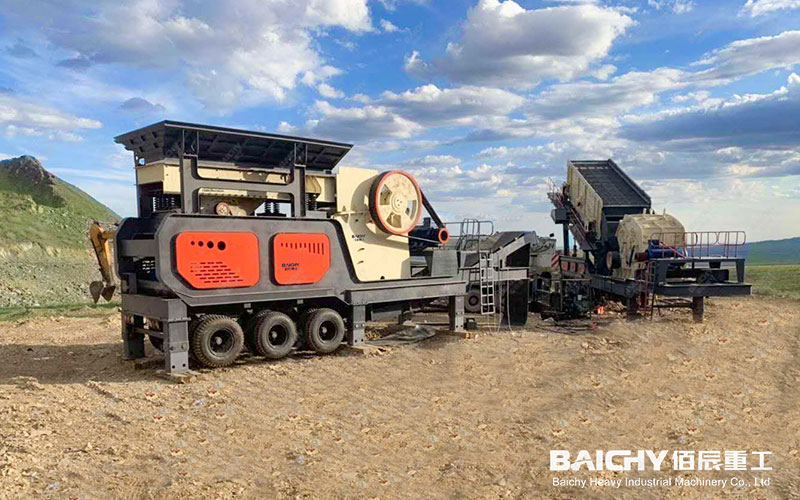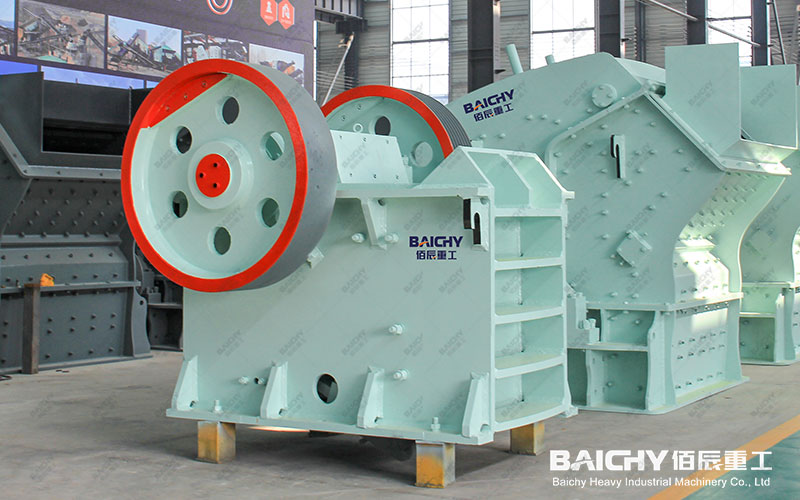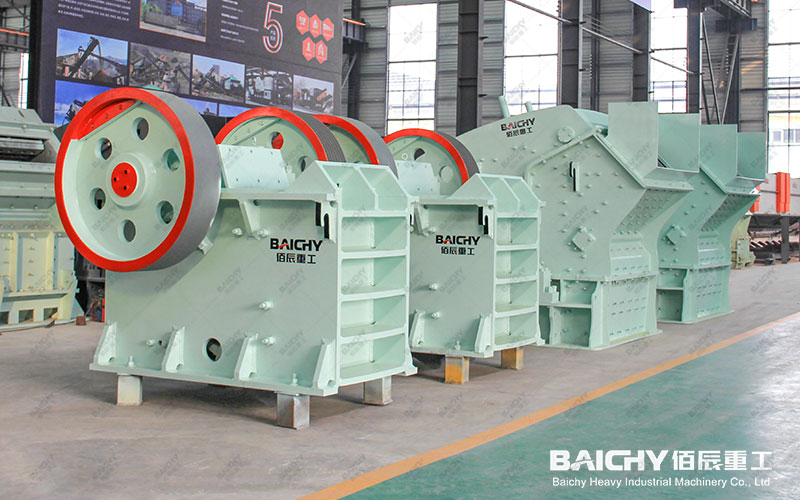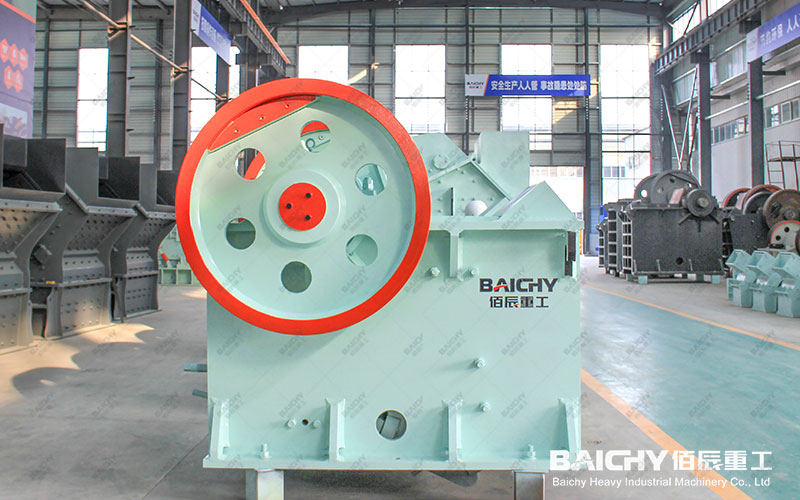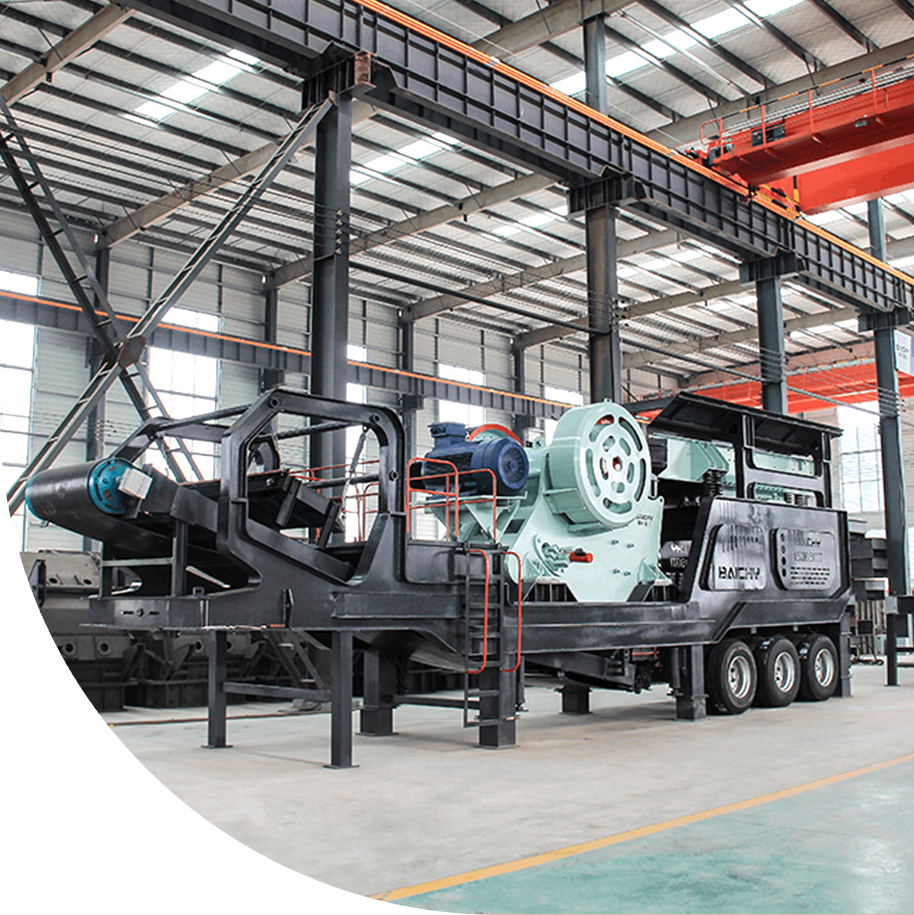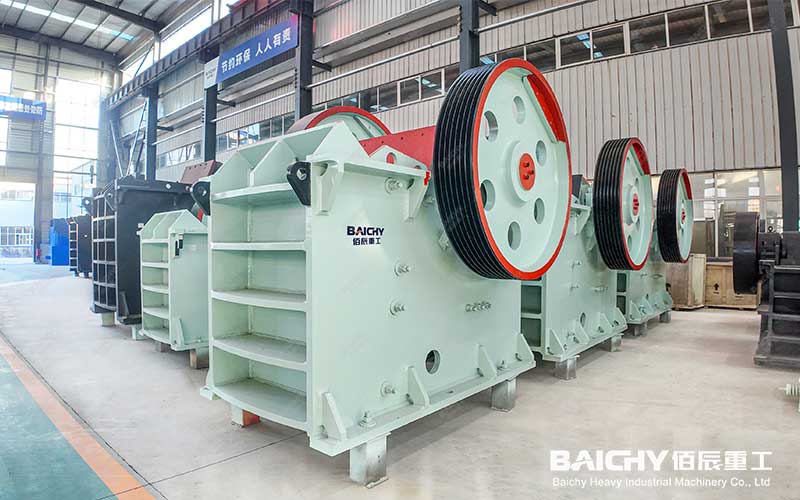
High hardness rock crushing equipment
Jaw Crusher is the core equipment in the field of coarse and medium crushing. It crushes rocks through the periodic extrusion movement of the movable jaw and the fixed jaw. It is suitable for high-hardness ores (such as granite, iron ore, etc.) and medium-hardness materials (such as limestone).
In-depth analysis of the core structure and working principle of the jaw crusher
The jaw crusher is a key coarse crushing equipment in the fields of mining, building materials, metallurgy, etc. Its core structure design directly affects the crushing efficiency, energy consumption, and equipment life.
• Fixed jaw plate and movable jaw plate: made of high manganese steel, directly contacting the material, with strong wear resistance.
• Eccentric shaft: drives the movable jaw to reciprocate to form a crushing stroke.
• Adjustment device: wedge or gasket mechanism to control the discharge particle size (usually 10-350mm adjustable).
• Safety device: The toggle plate breaks when overloaded to protect the core components.
Three crushing stages of the jaw crusher:
• Feeding stage: The material enters the crushing chamber from the top feed port.
• Extrusion crushing: When the movable jaw approaches the fixed jaw, huge pressure (150- 350MPa) is generated to break the material.
• Discharge stage: After crushing, the material is discharged from the bottom under the action of gravity.
Application scenarios and core advantages of large jaw crushers
1. Main application scenarios of large jaw crushers
• Metal mines (coarse crushing stage)
Applicable ores: high-hardness materials such as iron ore, copper ore, gold ore, and bauxite.
Function: Crushing the blasted raw ore (usually ≤1m in particle size) to ≤300mm to prepare for subsequent medium and fine crushing (cone crusher/impact crusher). Typical cases:
Iron ore concentrator: Use JC1800×1300 large jaw crusher, with a processing capacity of 1500t/h and a crushing ratio of 1:6.
Open-pit copper mine: Use C160 jaw crusher, with a compressive strength of 350MPa, and a semi-mobile crushing station.
• Sand and gravel aggregate production line (primary crushing equipment)
Applicable materials: hard rocks such as granite, basalt, and river pebbles, as well as recycled aggregates from construction waste.
• Process matching:
Hard rock solution: jaw crusher (coarse crushing) → cone crusher (medium crushing) → sand making machine (shaping).
Soft rock solution: jaw crusher → impact crusher (both crushing and shaping).
Case reference: 2000 tons of sand and gravel per hour, using two PE1200×1500 jaw crushers in parallel, with a discharge size of ≤250mm.
• Metallurgical auxiliary material processing
Processing materials: metallurgical fluxes or fuels such as limestone, dolomite, and coke.
Special requirements: The over-crushing rate needs to be controlled (e.g., coke crushing requires the powder ratio to be less than 10%).
• Large-scale engineering sites (mobile crushing)
Scenarios: temporary stone processing such as hydropower projects, highway/railway construction, etc.
Equipment selection: tire-mounted or crawler-mounted mobile jaw crusher (such as Metso Lokotrack LT160), integrated feeder, vibrating screen, flexible transfer.
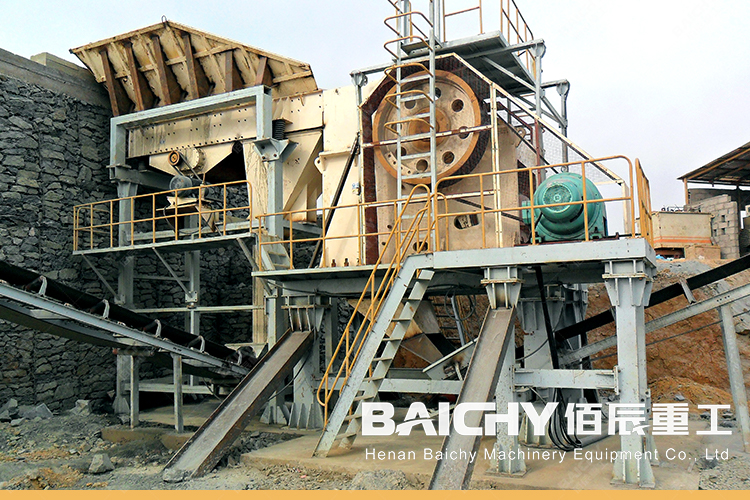
2. Core advantages of large jaw crushers
• High processing capacity and stability
Processing capacity: The single machine capacity can reach 500-2000t/h (such as Nordberg C200 with a maximum processing capacity of 2000t/h).
Continuous operation: Heavy frame + optimized movable jaw structure, suitable for 24-hour high-intensity operation.
• Super crushing capacity
Compressive strength: It can crush extremely hard rocks ≤350MPa (such as basalt and diabase).
Large feed size: The maximum feed opening is 1.5m (such as PE1500×1800), directly processing the raw ore after blasting.
• Low operating cost
Life of wear-resistant parts: High manganese steel jaw plate + surfacing technology, the service life is extended by 30%-50% (up to 6-12 months under hard rock conditions).
Energy consumption optimization: The new hydraulic adjustment device saves 15%-20% energy compared with the traditional wedge type.
• Adapt to complex working conditions
Mud/water-containing materials: Deep cavity design reduces clogging, and optional preheating device prevents sticking.
Irregular materials: Optimized toothed jaws enhance bite ability and reduce material slippage.
• Intelligence and maintenance convenience
Automatic adjustment: The hydraulic control system adjusts the discharge port in real time (such as Sandvik CJ815).
Fault warning: Bearing temperature and vibration sensors are linked to PLC to prevent sudden shutdown.
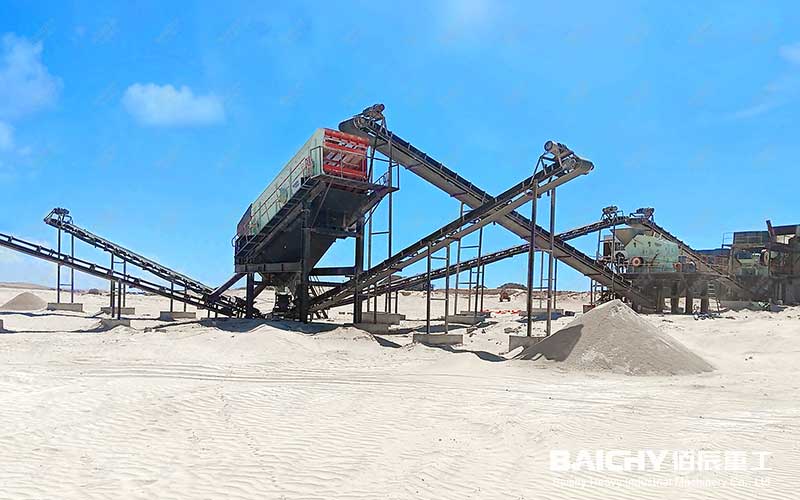
Selection of jaw crusher for sand and gravel production line
Frequently Asked Questions (FAQ) about Rock Jaw Crusher
1. What is the maximum feed size of the jaw crusher?
2. How to adjust the discharge size of the jaw crusher?
3. How long is the service life of the jaw plate (tooth plate)? When does it need to be replaced?
4. Can the jaw crusher crush wet materials?
